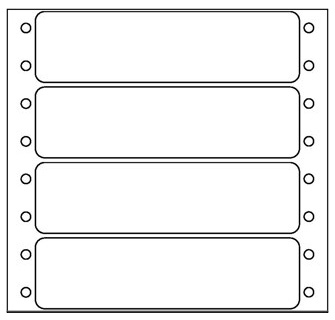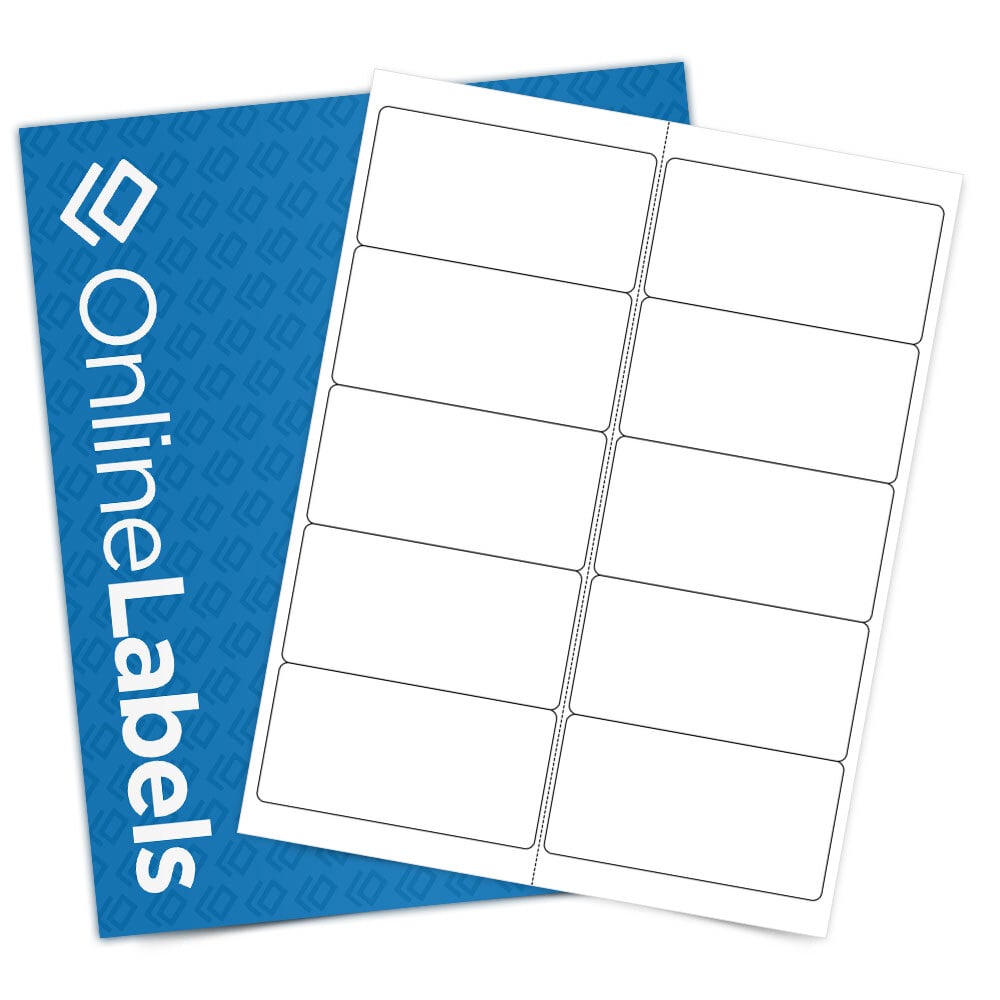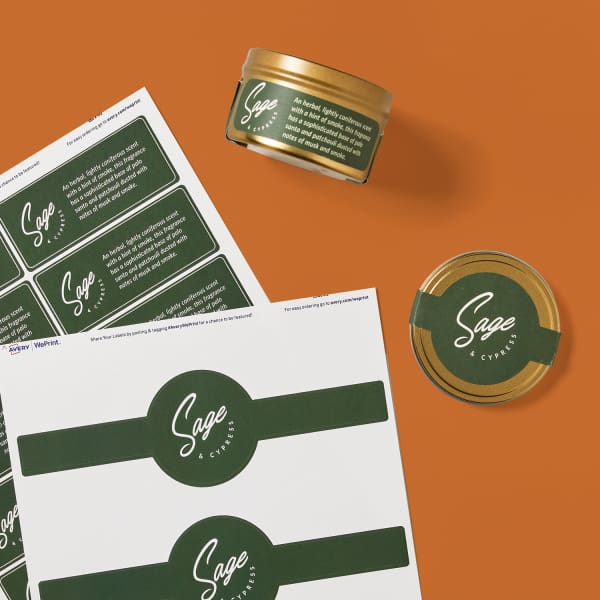Customize Blank Labels for crafts, DIY projects, and gifts.
Understanding Just How Blank Labels Work to Improve Your Labeling Experience
Understanding the technicians of blank labels is vital for optimizing your labeling methods across different contexts. These functional tools supply considerable advantages, such as customization and versatility, making them a suitable option for both specialist settings and personal usage. From inventory monitoring to home company, the ramifications of their critical application can result in boosted efficiency. To totally grasp exactly how these labels can change your procedures, one must think about the various kinds readily available and the myriad ways they can be personalized to fit details needs.

Advantages of Utilizing Blank Labels
Blank labels offer a functional option for various classifying needs, making them important in both individual and professional setups. Their adaptability permits users to develop customized labels customized to particular needs, improving business efficiency. Whether used in home offices, retail atmospheres, or commercial applications, blank labels help with the recognition and categorization of products, records, and personal things.
One considerable benefit of blank labels is their cost-effectiveness. By enabling customers to publish just the labels they require, waste is lessened, and inventory administration becomes extra manageable. Furthermore, blank labels work with numerous printing approaches, including inkjet and laser printers, making them available for different customers.

Moreover, the usage of blank labels streamlines the process of upgrading details, as individuals can conveniently print new labels to change outdated ones, making sure that all items and documents are precisely classified. In general, blank labels supply a practical and effective labeling remedy for varied applications.
Kinds Of Blank Labels Available
What choices are offered when it comes to blank labels? Blank labels come in a range of kinds, each matched for various applications and choices.
An additional popular option is synthetic labels, typically made from products like polyester or plastic. These labels are recognized for their durability and resistance to water, chemicals, and tearing, making them suitable for harsh environments. They are commonly used in industrial settings or for labeling products that may be exposed to moisture.
Additionally, there are thermal transfer labels, which require a printer that uses heat to transfer ink onto the tag surface area. These labels are preferred for their high-quality print and longevity.
Last but not least, specialized labels provide to certain requirements, such as removable labels for short-term use or high-temperature labels for extreme problems. Recognizing these alternatives permits users to choose the most ideal blank tag for their distinct labeling needs.
Customization Options for Labels
A wide array of customization alternatives is available for labels, enabling users to tailor them to particular needs and branding requirements. Customers can choose from various dimensions, forms, and products to guarantee that the labels effectively fit their desired function. Common materials include paper, polyester, and vinyl, each providing various levels of resilience and aesthetic appeal.
Shade options play an important function in customization, allowing brand names to preserve uniformity with their business identity. Users can pick from a range of shades or even choose custom-made printing to match specific branding components. Additionally, labels can be published with unique styles, logo designs, and text, improving brand recognition and aesthetic effect.
An additional essential facet is useful source the choice of adhesive. Labels can be made with permanent, removable, or repositionable adhesives, relying on the application requirements. This versatility permits effective labeling options throughout various atmospheres, from retail to commercial setups.

Tips for Effective Labeling
Efficient labeling goes beyond modification; it also entails calculated considerations that boost functionality and interaction. To accomplish reliable labeling, begin by plainly defining the objective of each label.
Following, prioritize presence by selecting ideal colors and typefaces. High contrast in between message and background boosts readability, while larger typefaces help with fast identification. In addition, guarantee that labels are placed in a consistent and rational fashion, making it simpler for customers to locate and translate details.
Take into consideration the resilience of labels. Pick products suited for the certain setting where the labels will be utilized, whether it be inside or outdoors. Waterproof or tear-resistant options may be essential depending on the context.
Lastly, on a regular basis review and update your labels to show any type of adjustments in details or usage. This proactive method not just keeps quality but also avoids confusion gradually. By adhering to these pointers, you can make the most of the efficiency of your labeling initiatives, guaranteeing they offer their designated function successfully.
Applications of Blank Labels
Blank labels supply countless applications throughout numerous sectors, making them an invaluable tool for organization and communication. These versatile labels are commonly you could try this out used in warehouses for inventory management, permitting organizations to conveniently recognize and track items. By applying blank labels to storage bins, racks, or pallets, business can enhance their operations and reduce the likelihood of mistakes.
In the medical care market, blank labels play an important function in labeling medications and clinical products, making sure appropriate identification and use. Personalized labels can include important information such as dose, expiration days, and individual details, enhancing safety and compliance.
In retail, blank labels assist in pricing items, supplying promotions, or classifying shelf locations, which inevitably improves the consumer experience. They enable Find Out More for quick updates to pricing or product details without the requirement for pre-printed labels.
Furthermore, blank labels are beneficial for individual use, such as arranging home offices, crafting, or identifying food containers. Their adaptability permits individuals to develop tailored options that meet certain needs. On the whole, the applications of blank labels are comprehensive, emphasizing their significance in cultivating effectiveness and quality in various setups.
Verdict
In final thought, blank labels offer a versatile and reliable solution for different classifying needs. Their versatility in dimension, shape, and material permits for customized applications across different settings. By leveraging customization choices and reliable labeling strategies, organizations can improve quality and communication (Blank Labels). Eventually, the assimilation of blank labels right into operational processes adds to boosted efficiency, making them a vital source for both personal and professional use.